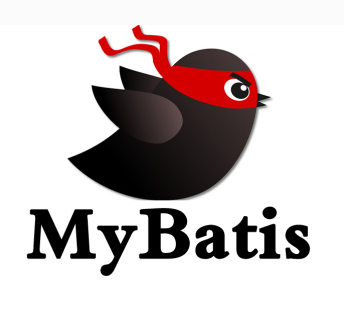MyBatis常用标签

1.定义SQL语句
1.1 select 标签
属性介绍:
- id:唯一的标识符
- parameterType:传给此语句的参数的全路径名或别名 例:com.test.pojo.User或user
- resultType:语句返回值类型或别名。注意,如果是集合,那么这里填写的是集合的泛型,而不是集合本身(resultType 与resultMap 不能并用)
<select id="selectByPrimaryKey" resultMap="BaseResultMap" parameterType="Object"> select * from student where id=#{id} </select>
1.2 insert 标签
属性介绍:
- id:唯一的标识符
- parameterType:传给此语句的参数的全路径名或别名 例:com.test.pojo.User
<insert id="insert" parameterType="Object"> insert into student <trim prefix="(" suffix=")" suffixOverrides="," > <if test="name != null"> NAME, </if> </trim> <trim prefix="values(" suffix=")" suffixOverrides="," > <if test="name != null"> #{name}, </if> </trim> </insert>
1.3 delete 标签
属性介绍:
- id:唯一的标识符
- parameterType:传给此语句的参数的全路径名或别名 例:com.test.pojo.User
<delete id="deleteByPrimaryKey" parameterType="Object"> delete from student where id = #{id} </delete>
1.4 update 标签
属性介绍:
- id:唯一的标识符
- parameterType:传给此语句的参数的全路径名或别名 例:com.test.pojo.User
<update id="updateByName" parameterType="com.test.pojo.User"> UPDATE t_user SET update_time = NOW() <trim suffixOverrides=","> <if test="name != null">, username = #{name}</if> </trim> WHERE userid = #{id} </update>
2. 建立JAVA对象与数据库列名对应关系
2.1 resultMap 标签
基本作用
- 建立SQL查询结果字段与实体属性的映射关系信息。
- 查询的结果集转换为Java对象,方便进一步操作。
- 将结果集中的列与Java对象中的属性对应起来并将值填充进去
标签说明
主标签:
- id:resultMap 的标志
- type:返回值的类名
子标签:
- id:用于设置主键字段与领域模型属性的映射关系,此处主键为ID,对应id。
- result:用于设置普通字段与领域模型属性的映射关系
示例说明
在数据库中创建一张 user 表, 分别有 user_id,user_name,user_password 三个字段

项目中创建一个实体类 user.java

resultMap为:
<resultMap id="userResultMap" type="com.zyu.cupid.pojo.vo.ArticleVo"> <result property="id" column="user_id"/> <result property="name" column="user_name"/> <result property="password" column="user_password"/> </resultMap> <!--查询时resultMap引用userResultMap --> <select id="selectByPrimaryKey" resultMap="userResultMap" parameterType="Object"> select id,name,password from user where id=#{id} </select>
3. 动态SQL拼接
3.1 if 标签
if标签通常用于WHERE语句、UPDATE语句、INSERT语句中,通过判断参数值来决定是否使用某个查询条件、判断是否更新某一个字段、判断是否插入某个字段的值
<if test="name != null and name != ''"> and NAME = #{name} </if>
3.2 foreach 标签
foreach标签主要用于构建in条件,可在sql中对集合进行迭代。也常用到批量删除、添加等操作中。
属性介绍:
- collection:collection属性的值有三个分别是list、array、map三种,分别对应的参数类型为:List、数组、map集合。
- item :表示在迭代过程中每一个元素的别名
- index :表示在迭代过程中每次迭代到的位置(下标)
- open :前缀
- close :后缀
- separator :分隔符,表示迭代时每个元素之间以什么分隔
参数:
List<Object> list = new ArrayList(); JSONObject param = new JSONObect(); param.put("idArray", list)
使用:
<select id="findList" resultMap="ArticleVo"> SELECT * FROM article A WHERE art_id IN <foreach collection="param.idArray" item="item" index="index" open="(" close=")" separator="," >#{item.id} </foreach> </select>
3.3 trim 标签
trim标记是一个格式化的标记,主要用于拼接sql的条件语句(前缀或后缀的添加或忽略),可以完成set或者是where标记的功能。
属性介绍:
- prefix:前缀覆盖并增加其内容
- suffix:后缀覆盖并增加其内容
- prefixOverrides:前缀判断的条件
- suffixOverrides:后缀判断的条件
例如:
<update id="updateByPrimaryKey" parameterType="Object"> update user set <trim suffixOverrides=","> <if test="name != null "> user_name = #{name}, </if> <if test="password != null "> user_password = #{password}, </if> </trim> where user_id = #{id} </update>
如果password的值为空的话,会执行如下语句
update user set user_name = 'XXX' where user_id = 'XXX'
会忽略最后一个 “,”


